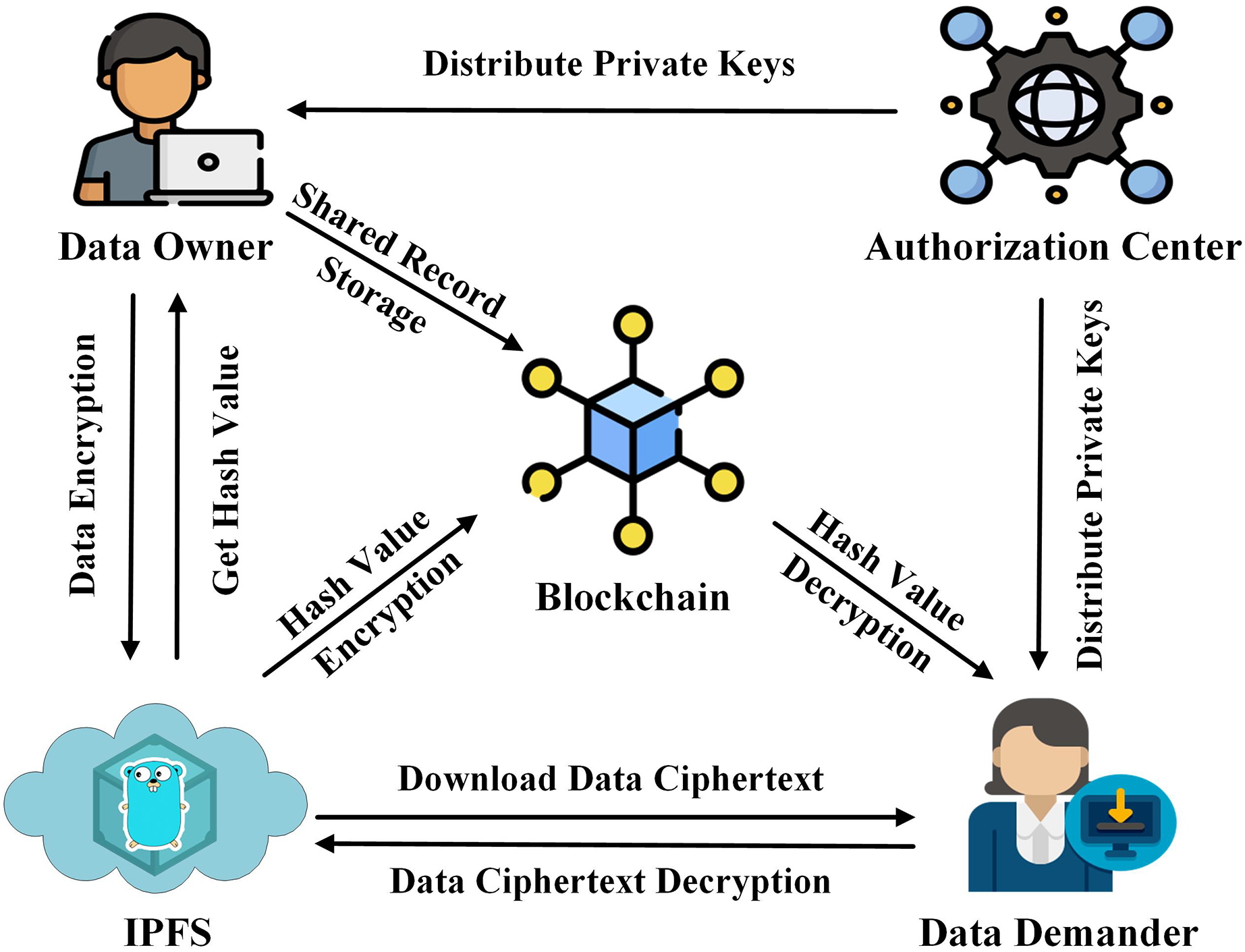bitcoin a n d ethereum miner Understanding the Landscape
As bitcoin a n d ethereum miner takes center stage, diving into the intricacies of cryptocurrency mining becomes essential for both enthusiasts and investors alike. In this realm, Bitcoin and Ethereum mining embody two distinct yet interconnected processes that underpin the functionality of their respective networks.
This exploration reveals the core differences in mining mechanisms, from hardware specifications to software compatibility, while also addressing the environmental impact and sustainability efforts that define the current landscape. By understanding these aspects, miners can better navigate the challenges and opportunities that come with this dynamic field.
Overview of Bitcoin and Ethereum Mining
Bitcoin and Ethereum mining are fundamental processes that underpin the operation of their respective networks. Mining involves validating transactions and adding them to the blockchain, ensuring security and integrity within the cryptocurrency ecosystem. While both cryptocurrencies rely on mining, the methods and technologies employed are distinct.Bitcoin mining relies on a Proof of Work (PoW) consensus algorithm, where miners solve complex mathematical problems to validate transactions and create new blocks.
In contrast, Ethereum has traditionally used a similar PoW method but is transitioning to a Proof of Stake (PoS) model, where validators are chosen based on the number of coins they hold and are willing to “stake” as collateral. This shift aims to improve scalability and reduce energy consumption.Mining holds significant importance in the cryptocurrency world, as it not only secures the network but also incentivizes participants through rewards, which in turn encourages broader adoption and investment in these digital assets.
Mining Hardware Requirements
The hardware requirements for Bitcoin and Ethereum mining can vary significantly due to the differing algorithms and network demands. For Bitcoin mining, essential components include:
- Application-Specific Integrated Circuits (ASICs): These are specialized devices designed specifically for Bitcoin mining, offering high efficiency and hashing power.
- Power Supply Units (PSUs): Reliable PSUs are crucial to support the high energy demands of ASIC miners.
- Cooling Systems: Effective cooling solutions are necessary to prevent overheating of mining equipment.
Ethereum mining, on the other hand, requires different hardware considerations:
- Graphics Processing Units (GPUs): These are commonly used in Ethereum mining due to their versatility and capability to handle the PoW algorithm.
- Motherboards: A motherboard that supports multiple GPUs is essential for building an efficient mining rig.
- RAM and Storage: Adequate RAM and storage are required to maintain optimal performance and support mining software.
When comparing the cost and performance of mining rigs, ASIC miners for Bitcoin tend to have higher upfront costs but offer superior performance. In contrast, GPU rigs for Ethereum can be more adaptable and less expensive initially, making them accessible for new miners.
Mining Software Options
Choosing the right mining software is critical for maximizing efficiency and profitability. For Bitcoin mining, several popular software options include:
- CGMiner: This is an open-source software that supports a wide range of ASIC devices, offering advanced features for experienced miners.
- BTCMiner: Known for its user-friendly interface, BTCMiner is suitable for those new to Bitcoin mining.
- EasyMiner: This GUI-based software is ideal for beginners, providing a simple way to mine Bitcoin without extensive technical knowledge.
For Ethereum mining, the following software options are recommended:
- Ethminer: This is an open-source mining software that supports both NVIDIA and AMD graphics cards, known for its efficiency.
- Claymore’s Dual Miner: This popular choice allows miners to mine Ethereum while simultaneously mining another cryptocurrency.
- PhoenixMiner: Recognized for its high performance and low Dev Fee, PhoenixMiner is a reliable option for Ethereum miners.
Compatibility between mining software and hardware must be considered, as certain software may only work with specific types of mining rigs, impacting overall mining success.
Mining Pool vs. Solo Mining
Mining pools have become increasingly popular among Bitcoin miners due to their collaborative nature. In a mining pool, multiple miners combine their computational power to increase the chances of solving a block, sharing the rewards proportionally based on contribution. This approach helps mitigate the risks and uncertainties associated with solo mining.On the other hand, solo mining Ethereum can be less predictable.
While it offers the potential for higher rewards if a miner successfully solves a block on their own, the chances are slim due to the high competition. Solo miners face the disadvantage of longer wait times for rewards and the need for significant investment in hardware.When comparing profitability, mining in a pool generally provides a steadier income stream for both Bitcoin and Ethereum miners, while solo mining may yield higher rewards but with greater uncertainty.
Energy Consumption and Sustainability

Bitcoin mining is notorious for its high energy consumption, often raising concerns about its environmental impact. The energy-intensive nature of PoW mining has led to discussions about sustainability and the carbon footprint associated with Bitcoin mining operations.In comparison, Ethereum mining also consumes substantial energy, but the network is actively transitioning to PoS, which significantly reduces energy requirements. This change aims to enhance sustainability and address environmental concerns.Current trends show an increasing number of cryptocurrency miners exploring renewable energy sources, such as solar and wind power, to mitigate the negative environmental impacts associated with mining activities.
This shift not only reduces costs but also contributes to a more sustainable mining ecosystem.
Profitability Analysis
Calculating profitability in Bitcoin mining involves several factors, including hardware costs, energy expenses, and the current price of Bitcoin. A comprehensive framework for assessing profitability might include:
- Total costs: Initial investment in hardware and ongoing electricity bills.
- Mining rewards: The number of bitcoins earned based on hashing power.
- Market conditions: The fluctuating price of Bitcoin can significantly impact overall profitability.
For Ethereum mining, profitability is similarly influenced by market conditions, mining difficulty, and operational costs. Factors such as gas fees and network congestion can also affect earnings in the Ethereum ecosystem.Real-world scenarios illustrate these dynamics, with some miners reporting substantial profits during bullish market conditions, while others face losses when prices decline and operational costs rise.
Future of Mining

The future of Bitcoin mining is likely to see significant changes, particularly as more miners seek efficiency and sustainability. Innovations in mining hardware and software may enhance profitability and reduce environmental impacts, while regulatory frameworks could influence operational practices.Ethereum’s transition to Proof of Stake marks a pivotal shift in its mining landscape, reducing the need for traditional mining methods and altering the role of miners within the ecosystem.
This change could also lead to new revenue models for participants, focusing on staking rather than mining.Emerging technologies, such as quantum computing and advanced AI, hold the potential to further revolutionize the mining industry, optimizing processes and improving security. As the cryptocurrency landscape evolves, miners will need to adapt to these changes to remain competitive.
Security and Risks in Mining
Bitcoin miners face several common security threats, including 51% attacks, where a single entity gains control over the majority of the network’s hashing power, potentially leading to double-spending attacks. Additionally, miners must be vigilant against hacking attempts targeting their wallets and mining equipment.In Ethereum mining, risks include similar security vulnerabilities, along with issues related to smart contracts and network vulnerabilities that could affect miners’ operations.
The complexity of smart contracts can expose miners to unintended consequences if not managed properly.Implementing best practices, such as using robust security protocols, regularly updating software, and employing secure wallet solutions, can help minimize risks and enhance overall security in mining setups. Ensuring a secure infrastructure is crucial for maintaining trust and operational integrity within the cryptocurrency mining ecosystem.
Final Conclusion

In conclusion, the world of bitcoin a n d ethereum miner is not only about unlocking digital treasures; it’s also a journey into the future of technology and finance. As we move forward, the evolution of mining practices will continue to shape the cryptocurrency ecosystem, highlighting the importance of adaptability, innovation, and responsible energy use.
FAQ Explained
What is the difference between Bitcoin and Ethereum mining?
Bitcoin mining focuses on securing the Bitcoin network through proof-of-work, while Ethereum mining involves a different algorithm and is transitioning to proof-of-stake, affecting how transactions are validated.
Do I need special hardware to mine Bitcoin or Ethereum?
Yes, efficient mining requires specific hardware; Bitcoin typically needs ASIC miners, whereas Ethereum can be mined with GPUs, although both have evolving requirements.
How does mining profitability work?
Mining profitability depends on factors like hardware efficiency, electricity costs, and the current price of cryptocurrencies. Calculating these can help determine potential returns.
Is mining environmentally sustainable?
Mining can have significant environmental impacts due to high energy consumption, but there are ongoing efforts in both Bitcoin and Ethereum to adopt renewable energy sources.
Can I mine Bitcoin and Ethereum at home?
Yes, but it requires understanding the initial investment in hardware and ongoing electricity costs. Many find it more profitable to join mining pools rather than mining solo.



